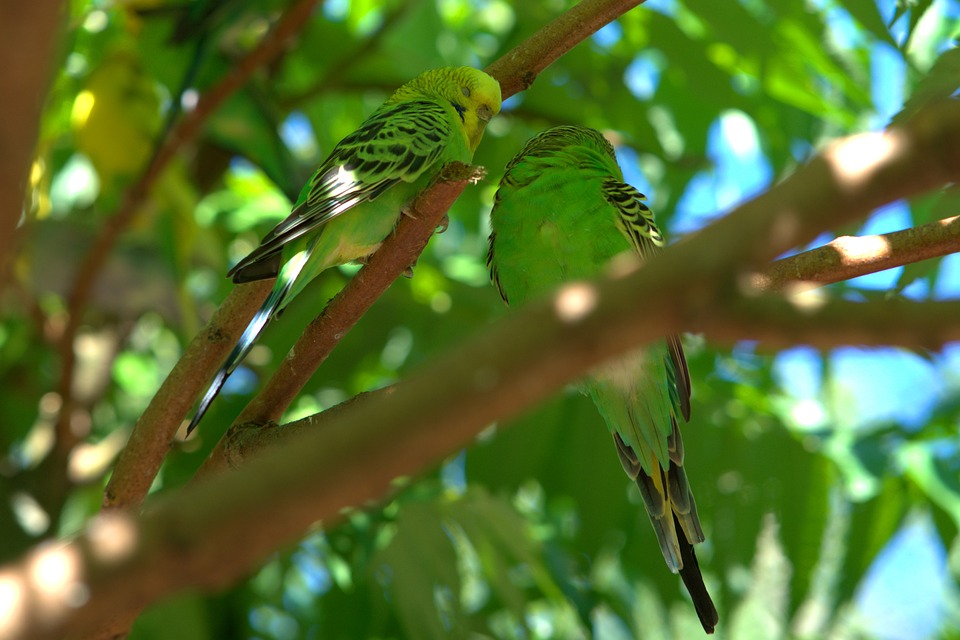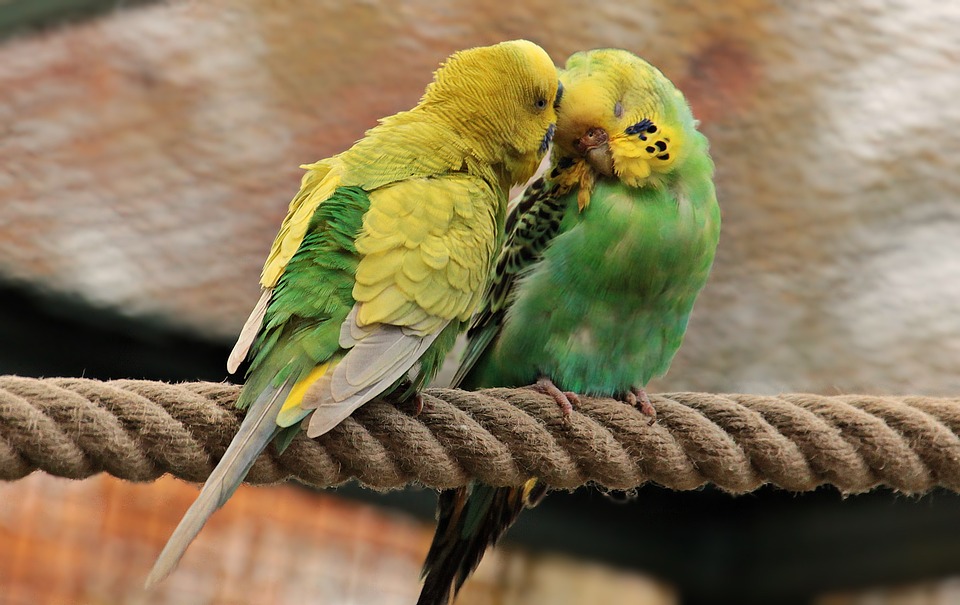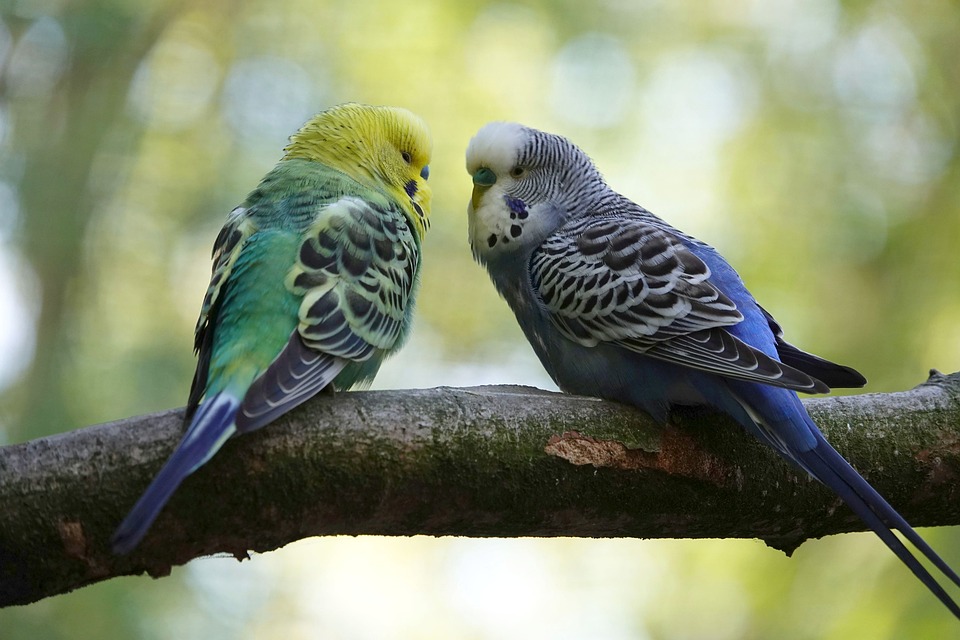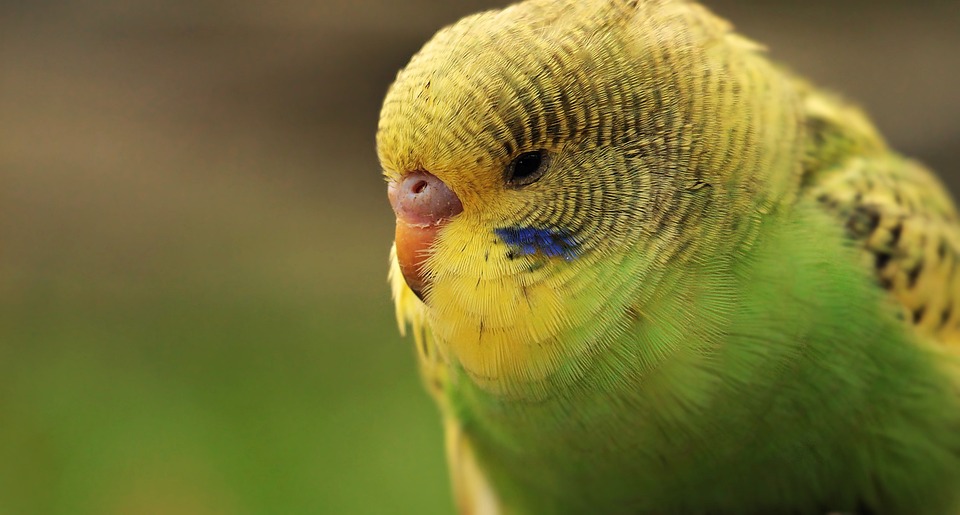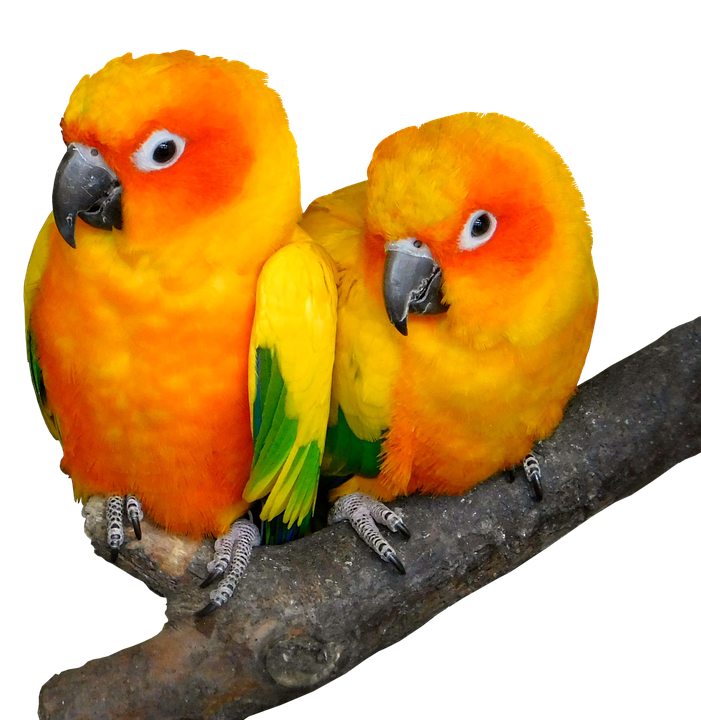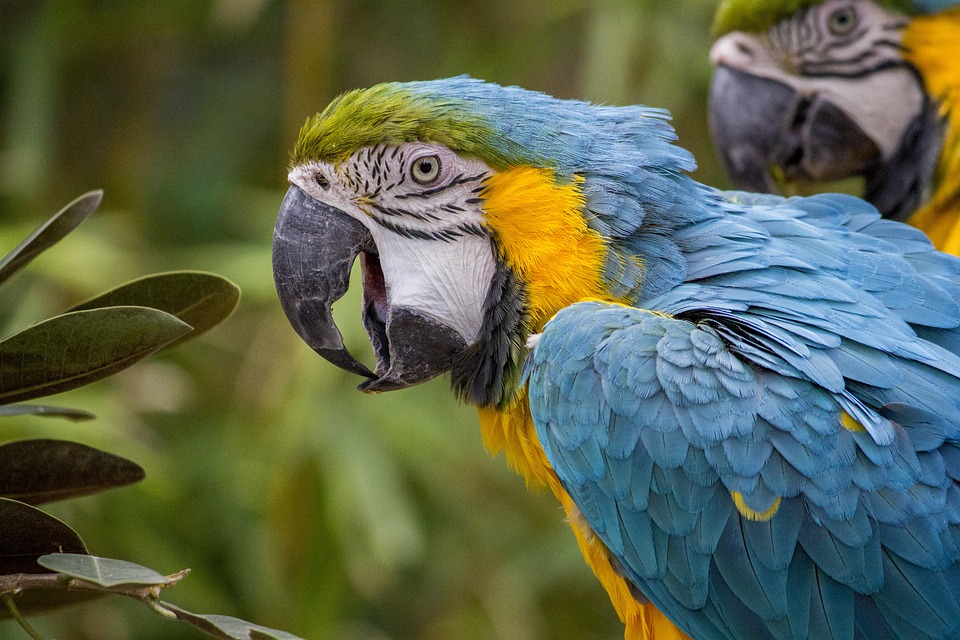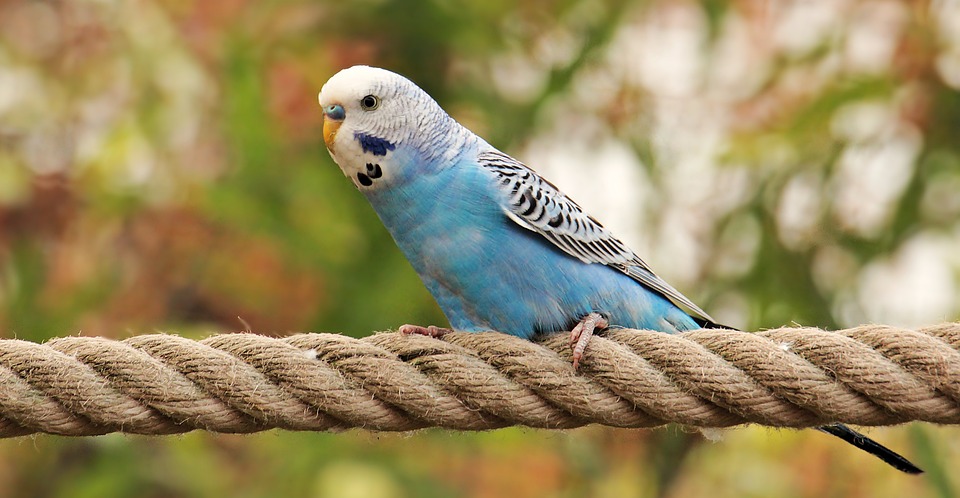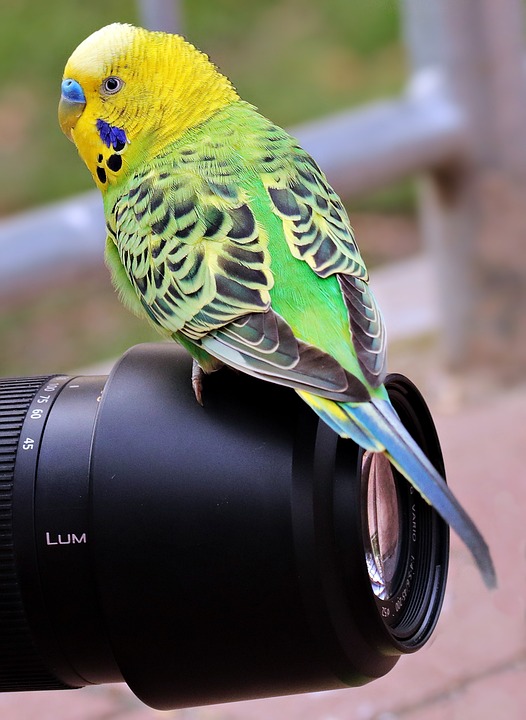Parrots are highly social creatures that thrive in communities, and in these flocks, they establish social hierarchies to maintain order and ensure cooperation. Understanding parrot social hierarchy is crucial for parrot owners to create a harmonious environment for their feathery friends.
Parrot social hierarchy refers to the ranking system that parrots establish within their community or flock. Similar to other social animals, parrots organize themselves in a hierarchical structure, commonly known as a pecking order. This hierarchy determines each parrot’s position and influence within the group, dictating their access to resources and interactions with other flock members.
Parrot social hierarchy is established through various means. Dominance displays and aggression play a significant role in determining the pecking order. Parrots often use body language and vocalizations to establish dominance within their flock. They may puff up their feathers, raise their wings, and make loud calls or screams. Additionally, parrots may engage in aggressive behaviors like biting, pecking, or chasing to assert their dominance.
Ritualized behaviors also contribute to the establishment of parrot social hierarchy. Parrots engage in specific behaviors that serve as social signals to establish their place within the hierarchy. These behaviors include preening, feeding rituals, and vocal exchanges. Mutual grooming, where parrots groom each other, also plays a significant role in reinforcing social bonds and hierarchy. Higher-ranking parrots usually receive grooming from lower-ranking individuals.
Once the social hierarchy is established, parrots maintain it through consistency in dominance display. The dominant parrots continue to assert their authority through body language, vocalizations, and occasional aggression. This consistency helps reinforce the established pecking order and minimize conflicts within the flock.
Communication and recognition are also essential in maintaining parrot social hierarchy. Parrots communicate with each other through various vocalizations, body postures, and facial expressions. By recognizing and responding to these signals, parrots reinforce their social standing and maintain the hierarchy. Understanding their flock’s communication cues is essential for parrot owners to promote a harmonious environment.
It is important to note that parrot social hierarchy is not fixed and can change over time. Factors such as age, health, and the arrival of new flock members can influence the hierarchy. Parrot owners should monitor any shifts in hierarchy and provide appropriate support and guidance during such transitions.
Disruptions in parrot social hierarchy can lead to increased aggression, stress, and territorial issues. It may result in behavioral problems, including feather plucking, self-mutilation, or excessive screaming. Providing a stable and enriched environment, along with proper training, can help alleviate these issues.
Parrot owners can support a healthy social hierarchy by providing adequate space, mental stimulation, and socialization opportunities. Ensuring a balanced diet, regular exercise, and positive reinforcement training can also contribute to a harmonious flock dynamic. While parrot owners cannot directly dictate the social hierarchy, they can influence it indirectly through their interactions and management techniques. By fostering positive relationships, establishing trust, and providing fair treatment, owners can create an environment that promotes a balanced and peaceful hierarchy.
In conclusion, understanding parrot social hierarchy is crucial for parrot owners to promote a harmonious flock dynamic. By grasping how parrots establish and maintain pecking orders, owners can create an enriched environment that supports their feathery friends’ social needs. Remember, a well-balanced and socially fulfilled parrot is a happy parrot.

